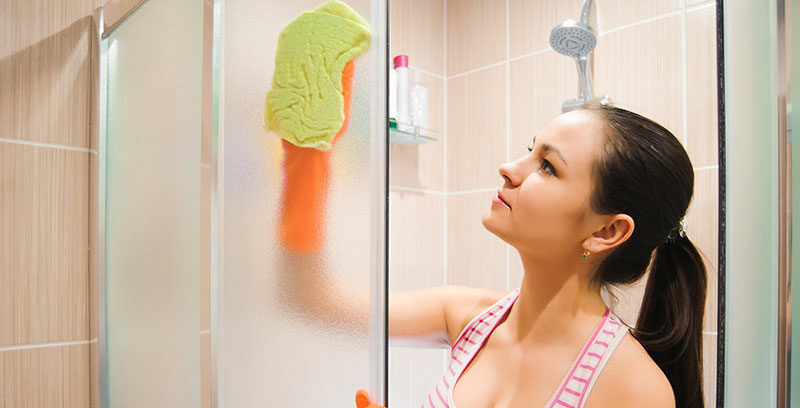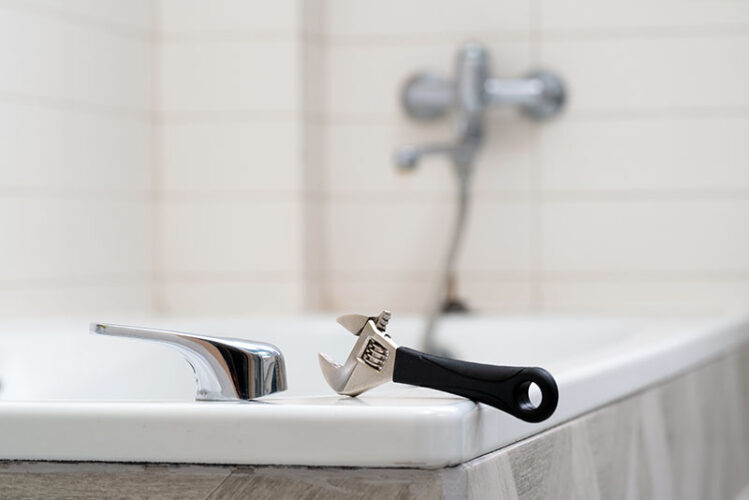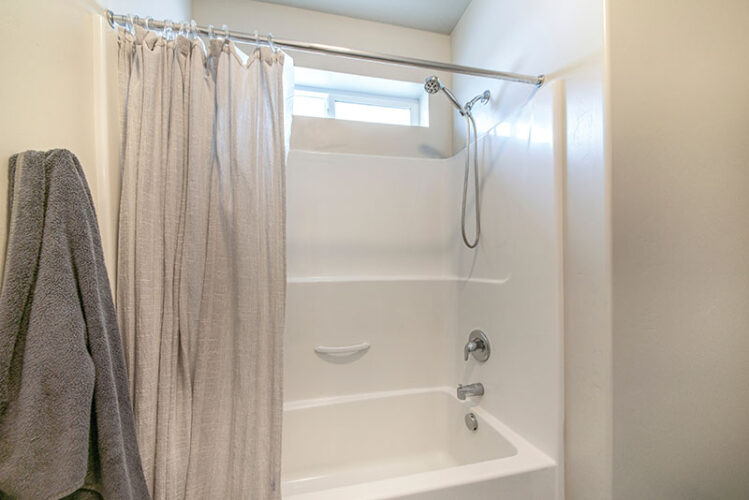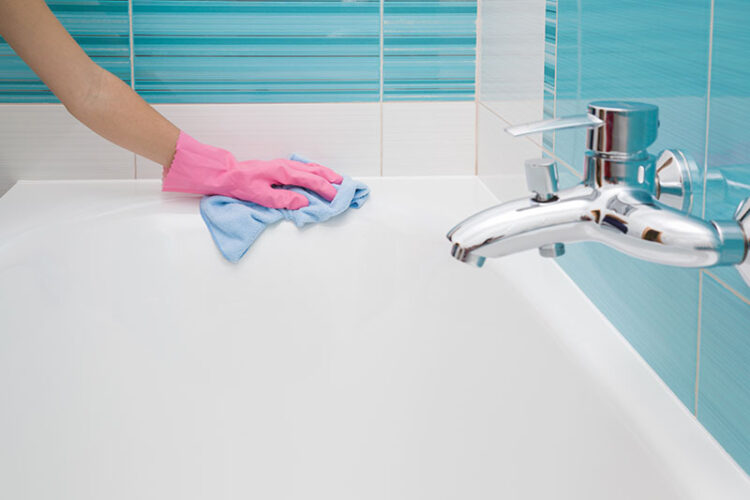How to Clean Shower Doors

Your shower doors are a veritable petri dish of mold, soap scum, and scale. They’re exposed to a constant onslaught of moisture and scum, so they’re mildew’s dream environment. As microbes evolve and proliferate, they penetrate the glass, ultimately leading to corrosion. The problem is particularly severe in the tiny corners you tend to ignore. The problem is rarely localized. Mold spores are airborne, so an infestation will quickly spread to your other bathroom fixtures. With a little muscle and a few clever cures, you can combat the problem.
Debunking the vinegar-and-baking-soda trend
Baking soda and vinegar solutions are every life hacker’s favorite trick, but don’t pick them up to easily. This combination is highly corrosive, so it could scratch glass surfaces. That will, in turn, increase the porosity of your shower door, allowing mildew and mold to take a tighter hold.
Bleach is another common cleaning hack that’s less appropriate than Pinterest might suggest. It can be used on toughened glass, but your shower door might be too delicate for it. The chlorine gas it emits also degrades silicone and rubber, so it might destroy your door seal and hinges.
Get a Free Estimate Today
50% off installation. Special financing available. See details.
Get to know your glass
Glass is relatively, but not entirely, nonporous. That makes it easy to clean, but it also requires a delicate hand. It can degrade when exposed to acids containing fluorine, but that doesn’t tell the whole story. Other acids can dissolve glass coatings and silver hinges, so if you’re determined to use bleach, make sure you prevent it from dripping onto the non-glass components of your door.
While glass is a relatively impervious compound, scratches will only make your door harder to clean the next time. The more corrosives you use, the more corrosives you’ll need in the future. It’s best to stay away from harsh cleaners, including corrosive sponges and ammonia. The latter is particularly damaging to tinted doors. You might not notice the degradation on the first few cleans, but over time your glass will degrade.
How to gently clean your shower door
The first step to a bright, gleaming surface is a thorough clean. White, distilled vinegar is gentle enough to preserve your glass. It will kill mold and mildew at the root, so it could put a permanent end to your infestation. Put your solution into a spray bottle and cover your entire door. Give it a few minutes to do its work, then wipe it off with a soft cloth rather than a scourer.
It might be tempting to take to a filthy surface with a scrubbing brush, but resist the urge. If your door still has a cloudy look, you might need a window cleaning solution formulated to remove mineral deposits and soap scum.
You can also try a mild dish soap solution. Once you’ve removed all the scum, rinse the door thoroughly before cleaning your hinges and handles. Mold doesn’t need much room to proliferate, so be sure to reach into all the corners.
The final polish
You can achieve a sparkling aesthetic with the final polish. You can use white vinegar again, but a silicone-based cleaning product will protect your surface. Clean glass is easy to polish. If your door is streaking, it might need a second clean and rinse. A high-quality squeegee and microfiber cloth will make this step far easier.
The more gently you handle your glass, the easier it will be to keep clean in the future. Choose thoroughness over harshness every time you clean. Your shower door will reward you with a nonporous surface that can be cleaned with a simple wipe.
Need help with a bathtub or shower replacement? Contact 1-800-HANSONS for a free estimate.
Related Articles:
Signs it’s Time to Replace Your Shower
Signs it’s Time to Replace Your Bathtub
















